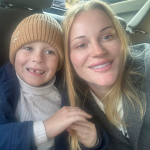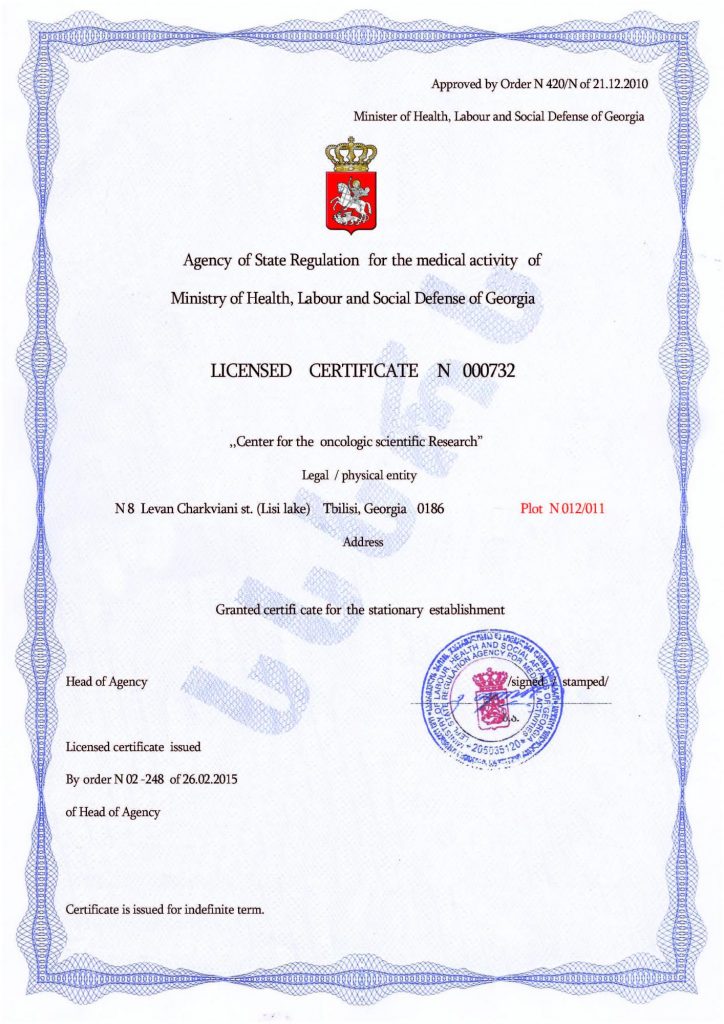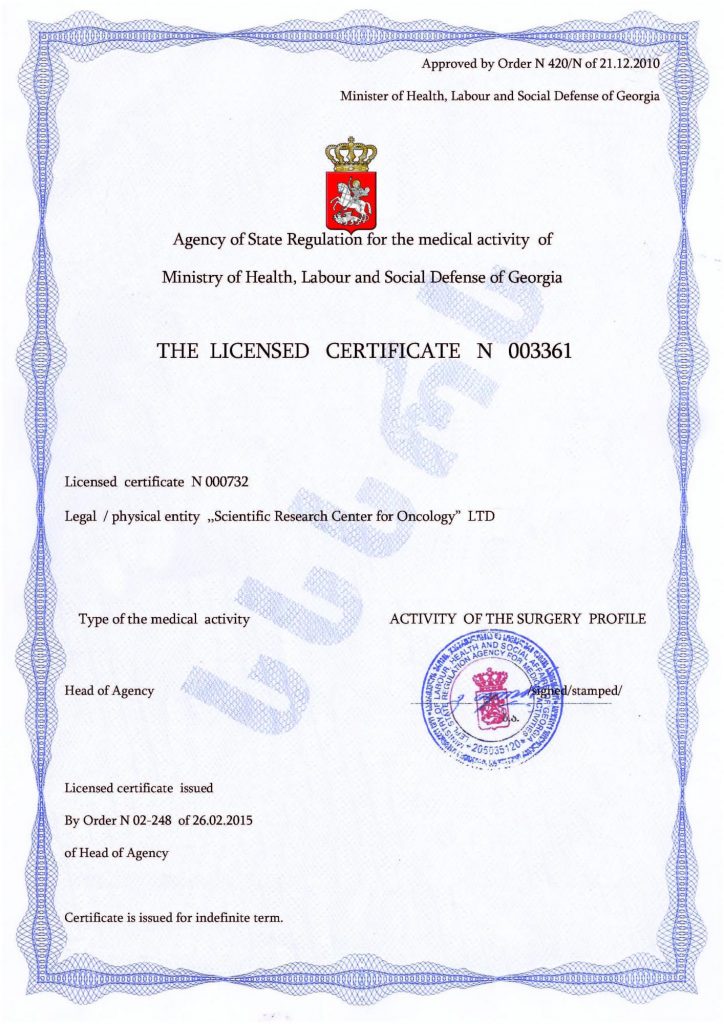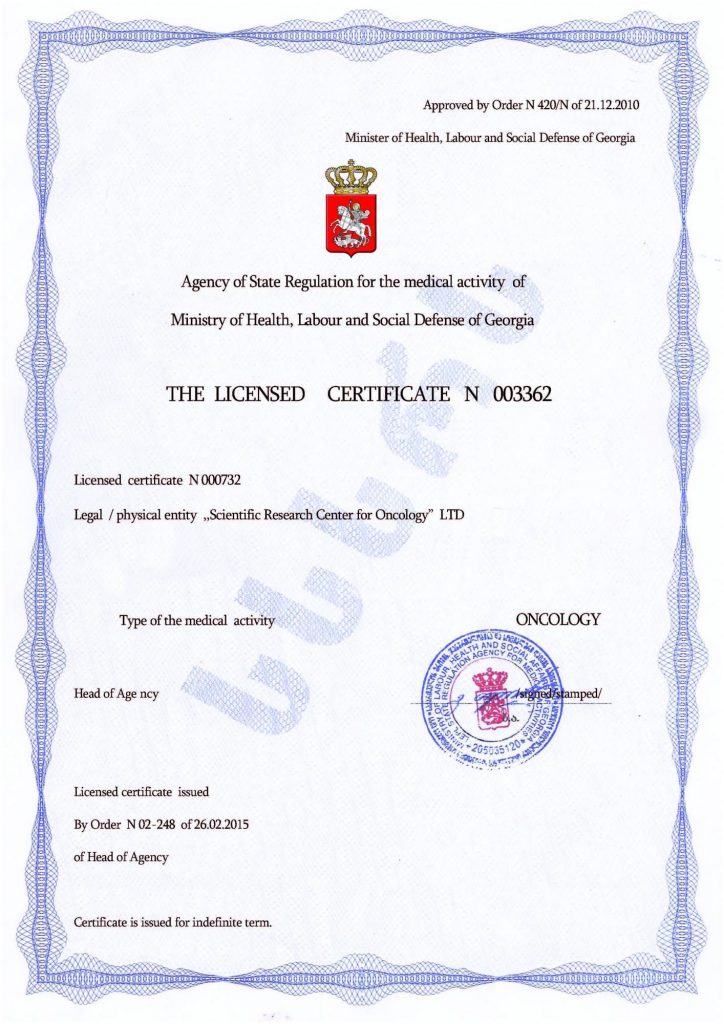Gait Characteristics in Autism
It is often possible to distinguish autistic individuals from neurotypical people by the way they walk. The characteristics that make their gait different are highly individual, just like most other manifestations of autism. However, there are some common features found in many people with autism spectrum disorder, which are linked to both sensory and motor impairments.
- Impaired Coordination and Balance in Autism
- The gait may appear clumsy or awkward; the child may frequently trip or fall.
- There are difficulties with balance, especially when walking on uneven surfaces or when changing direction, particularly during complex movements like running or jumping.
— Atypical gait may include wide stance, shuffling, or uneven steps.
- Reduced Muscle Tone (Hypotonia)
- The child may appear limp or floppy when walking.
- The gait might include slumped shoulders or a curved back.
- Repetitive (Stereotyped) Movements
- Repetitive movements may occur during walking, such as bouncing, flapping hands, or swaying the body.
- Sometimes, the child may run back and forth (“circular running”) without any apparent purpose.
- Toe-Walking
- This is common in children with autism, especially at an early age. It may be temporary or persist for a long time, sometimes resolving after therapy.
- Possible causes include sensory hypersensitivity (discomfort with floor textures), increased muscle tone, stereotyped behavior, or habitual movement patterns.
- Altered Rhythm and Pace
- Gait may be unusually fast or slow. The speed of movement may be inconsistent, with sudden accelerations or decelerations.
- There may be difficulties synchronizing arm and leg movements. Arms may be held close to the body or move chaotically. The gait often appears mechanical or stiff.
- Difficulties with Motor Planning (Praxis)
- The child may struggle to perform sequential movements, especially when required to stop suddenly, turn, or change speed.
- Sensory Sensitivities
- These may manifest as refusal to walk on certain surfaces (e.g., carpet or tile) due to tactile hypersensitivity.
- The child may prefer walking along the perimeter of a room or close to walls.
- Motor Apraxia
- Difficulties with planning and executing sequential movements.
- Delays in acquiring motor skills (e.g., late onset of walking).
- Muscle Hypo- or Hypertonia
- Decreased or increased muscle tone can affect the smoothness and stability of gait.
Of course, not all autistic individuals exhibit noticeable gait abnormalities. Manifestations vary depending on the severity of the disorder and accompanying conditions. Gait changes are not a diagnostic criterion for autism but can serve as an additional marker.
Physical therapy, sensory integration, and occupational therapy are typically used to normalize gait. These methods can be beneficial but often require significant time and do not always lead to improved motor skills. The issue is that such interventions address the symptoms without resolving the underlying cause of motor impairments — autism itself.
Currently, the most effective and rapid method for overcoming autism and its symptoms is cell therapy, an innovative approach to treating the disorder.
This technology involves transplanting the patient’s own stem cells, eliminating the risk of rejection. These cells can transform into any other cell type and replace those that are damaged with healthy equivalents. As a result, the brain begins to correctly process information, nervous system function stabilizes, behavior becomes more consistent and predictable, overall development accelerates, and autism symptoms become less pronounced or disappear entirely. This effect becomes noticeable shortly after the procedure and is long-lasting — in many cases, permanent — which enhances the effectiveness of other therapies.
The high reliability, safety, and natural approach of cell therapy — already widely recognized — suggest that it may become the leading method for treating autism and its symptoms. It is currently used in leading clinics around the world, including the Mardaleishvili Medical Center. Its doctors are highly trained and qualified, with extensive experience in stem cell transplantation and access to state-of-the-art equipment, enabling them to achieve the best therapeutic outcomes. The quality of care meets the highest international standards, and treatment costs are lower than in other countries. Should you encounter difficulties in planning your trip or arranging accommodation during the rehabilitation period, the center’s staff provides comprehensive assistance.
Fill out the contact form to begin innovative autism therapy!
Autism Treatment Center Videos
Autism treatment with own stem cells
Cord blood association congress
International Quality Crown
Autism Treatment Reviews
Autism treatment with own stem cells
The story of Alessandro (6 years old)
Autism Patient Testimonial - Stem Cell Treatment
Clients Testimonials

Review by Anastasia, mother of Yusup (8 years old) Read More

Feedback from Nathalie, mother of Andre (9 years old) Read More

Feedback from Yulia, mother of Emily (7 years old) Read More
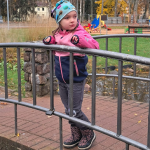
Feedback by Everita, Katrina’s mother (5 years old) Read More
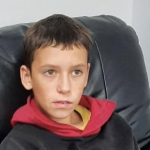
Feedback from Igor, David’s father (12 years old) Read More
